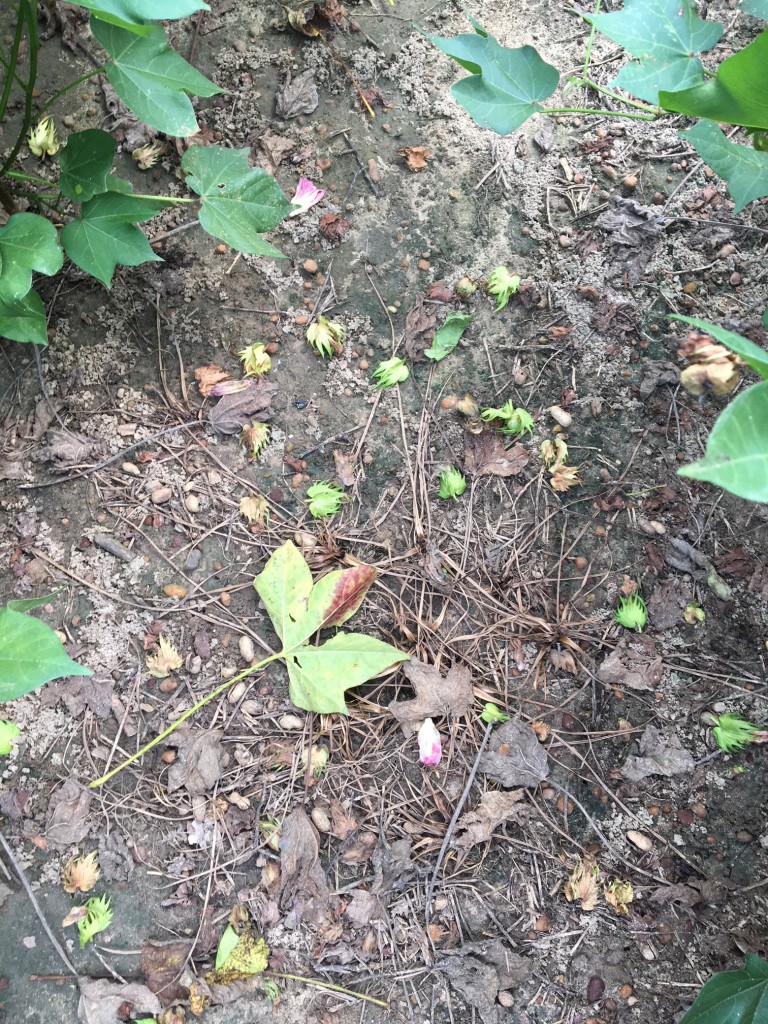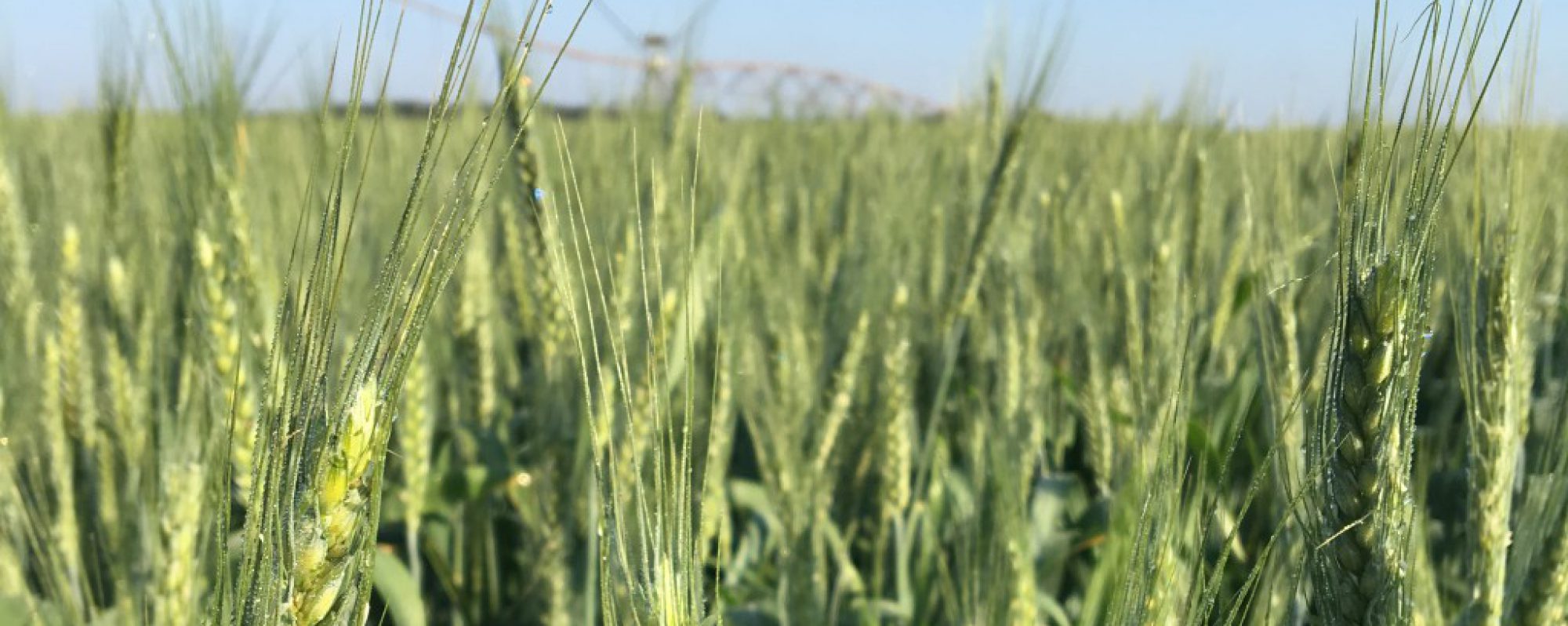We got another 3 weeks to produce a cotton crop, and the crop does look good right now. Some fields are cutout, but most fields are a few nodes below cutout. (We consider cut out at 3 nodes above white flower and the terminal not growing.) Growers are pleased with what they are seeing in the field, still aware that so much is planted very late with yield potential down. In Georgia, retention is so hard to maintain during this time. There are many factors that go into holding on to our blooms and squares but none we can control. We are seeing many squares aborted and white blooms aborting. Below I put some information together shared to me by UGA Cotton Specialists:

Blooms vs. Squares
In addition to the obvious squares coming off the plant, you can see some white blooms in the picture above. This is more of an environmental issue. When blooms fall off, it is from rain. This is because cotton pollen is very sensitive to rain. We have had so much rain the past month – unusually wet for us. Expect to see some blooms abort now.
It is a little different with squares. There is more factors at play, but the main issue with cotton aborting squares is simply the plant choosing to put more energy into the current set crop. This is more physiological. In this picture, we have a good boll set on the bottom third of the plant. It’s putting more into those bolls. Sometimes we see this square abortion when the plants get taller. You essentially have more ‘sites’ that fruit can be produced. I usually notice squares aborting when it’s raining a lot – and that has been the case. But again, it comes back to where does the plant put its energy?
Do we pix it?
This photo is from DP 1646, and cotton is shoulder high. It has been pixed twice already at heavy rates. The third and fourth nodes are right at 3 inches. Would it hurt to pix this again? Absolutely not. But over the loss of squares, I don’t know why we would pix. There’s no difference in yield with pix. Some years it may help, others it doesn’t. And if anything, wouldn’t we want more ‘sites’ on a plant to produce a crop? Especially a late crop? The good news is that this isn’t a terrible thing and if it was, there is nothing we can do to help it.
